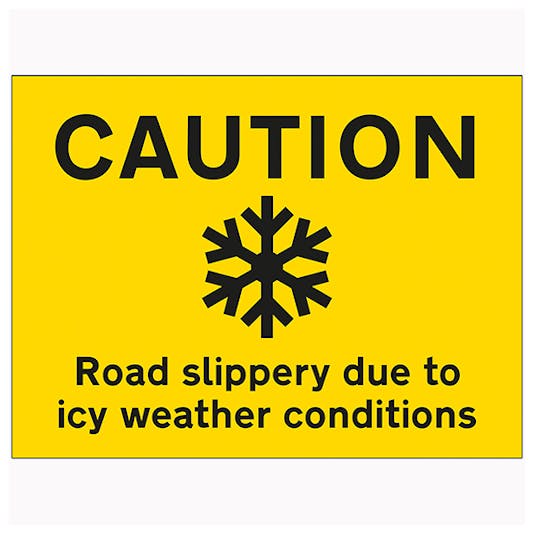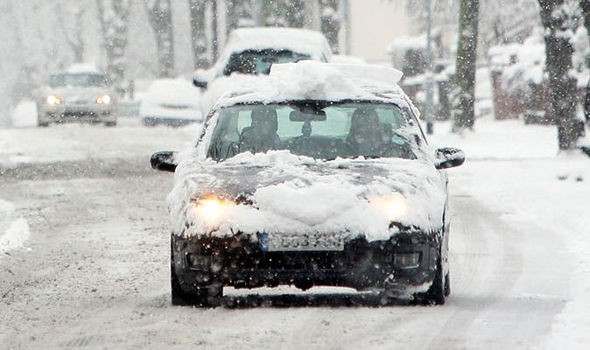 This time of the year is when the weather really takes a turn for the worst and roads can become icy. Learning to drive on roads that are icy can be tricky, when the ice becomes slippery it can cause accidents. Its easy to loose control on icy roads as steering wheels may also be more stiff due to the cold weather.
This time of the year is when the weather really takes a turn for the worst and roads can become icy. Learning to drive on roads that are icy can be tricky, when the ice becomes slippery it can cause accidents. Its easy to loose control on icy roads as steering wheels may also be more stiff due to the cold weather.
So what can you do to combat icy roads?
- When weather conditions are particularly bad such as ice or snow, the first question you should as yourself is ” Do i need to make this journey? ” If the roads are very icy.
- Plan your journey, give yourself plenty of time to get where your going as rushing whilst driving on slippery roads is very dangerous. Also check weather reports before heading out.
- Make sure your vehicle is de iced and no snow or ice remains on the roof of your vehicle and that your lights and license plate are completely clear.
- Check your tyre tread at regularly, the legal limit is 1.6mm, during snowy and icy conditions it would be a good idea to change them whenthe depth wears down to 2.5/3mm. You could also consider changing to winter tyres.
- Keeping your ‘ coolant reservoir ‘ topped up with Anti Freeze, it prevents the water in your engines cooling system from freezing. Antifreeze comes in various formulas, and these should not be mixed with each other. Your vehicle handbook will tell you what type of antifreeze you need, and the correct ratio of water and antifreeze to put in your radiator. (You can also buy ready-mixed antifreeze for greater convenience.) You’ll find the ‘coolant reservoir’ under the bonnet – but, again, check your handbook for the exact location. Once you have a bottle of correctly mixed antifreeze, pour it into the reservoir, up to (and no higher than) the ‘maximum’ level marking.
- Once your out on the road, Keep in mind the tyres will no grip wont be as effective as normal, so allow yourself extra room between your vehicle and the one in front.
- Be on the look out for patches of ice and try to avoid them if possible, or drive carefully and as slow as safely possible.
- Main roads should be clearer than rural roads which could have a heavy build up of snow and ice, so make sure you are checking up ahead.
Rebecca at Britannia says: If you feel unsafe at any point whilst driving, or feel like the conditions are too dangerous then always pull over when safe and take a moment to consider if you should continue.
 Buy Gifts Vouchers Here
Buy Gifts Vouchers Here Intensive Driving Courses
Intensive Driving Courses Driving Test Booking Services
Driving Test Booking Services



